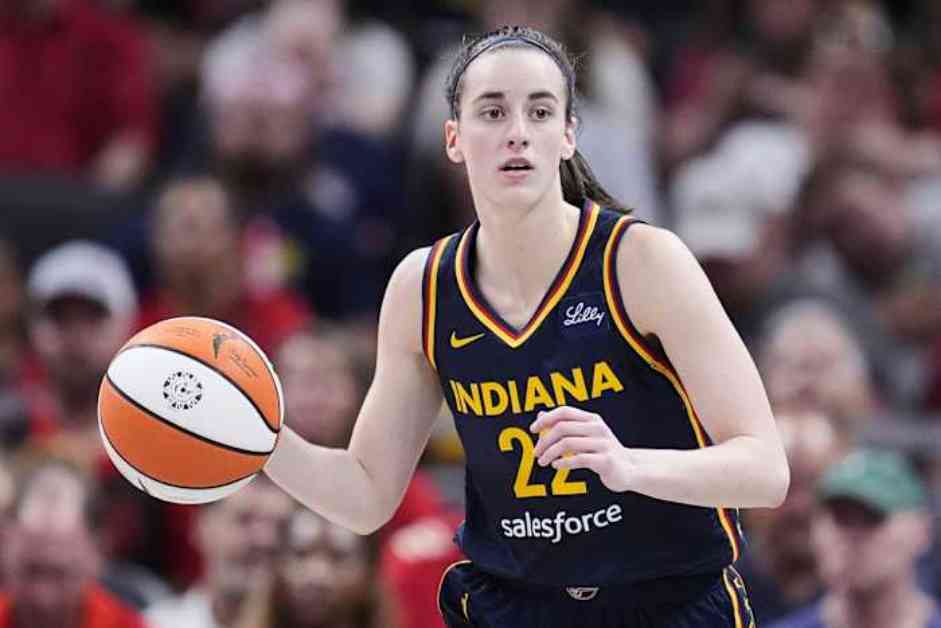When Meghan Sells heads to Providence Park to watch Oregon’s professional women’s soccer team, she finds herself among a fairly mixed crowd — groups of young women, dads bringing their children, youth players checking out the Thorns’ latest match. The physician’s assistant is a self-described lifelong sports fan and former softball player who “will watch any sport.” That includes both collegiate and professional sports for women, putting Sells squarely in a fan base that suddenly has more options than ever before and is seen as fertile ground for teams and advertisers eager to ride the rising interest in the women’s game.
About 3 in 10 U.S. adults follow women’s professional or college sports “extremely,” “very” or “somewhat” closely, according to a new poll from The Associated Press-NORC Center for Public Affairs Research. That’s lower than the share who follow men’s sports by the same measurements — about half — but it also shows that Sells is far from alone. The meteoric rise of Caitlin Clark, the University of Iowa phenom-turned-WNBA star, helped bring wider attention to women’s basketball, and increased streaming availability, international success and name, image and likeness deals have elevated the value and viewership of women’s sports.
Fans of women’s sports, while not a majority-female group, are more gender balanced than men’s sports fans. Those who follow women’s pro sports also are more casual in their fandom than men’s pro sports fans, tending to say they attend or watch games occasionally rather than frequently. The survey was conducted just before the start of the 2025 WNBA season, an expansion year for the league. Coming off a season in which attendance records were set (and reset), the league will debut a new franchise — the Golden State Valkyries — and up the number of regular season games from 40 to 44. In 2026, two additional teams will join the league, including one in Portland, Oregon.
Men’s sports at both the collegiate and professional levels remain more popular than women’s sports, the poll found. About one-third of U.S. adults said they watch, listen to or read about men’s collegiate sports at least “somewhat” closely, and more than 4 in 10 say they follow men’s pro sports. By contrast, about 2 in 10 say they follow women’s collegiate sports at least “somewhat” closely, and a similar share say they follow women’s pro sports. A greater share of men than women say they follow professional or collegiate sports overall, but the gender balance was more even among women’s sports fans. About half of fans of women’s sports are male, the survey found, compared with about two-thirds of fans of men’s sports.
Women’s sports increase in popularity and accessibility, a relatively large share are casual fans. While close to 9 in 10 of both men’s and women’s pro sports fans say they frequently or occasionally watch, listen to or read about their respective professional sports, a higher percentage of women’s sports fans say they are only occasional consumers. One possible reason women’s sports fans aren’t showing up at sporting events is they’re less likely to be attached to a specific team. Only about one-third of women’s sports fans said the teams they support or follow are “extremely” or “very” important to why they follow the sport. However, nearly identical shares of men’s and women’s sports fans said that certain athletes they support were at least “very” important to why they follow women’s sports.















